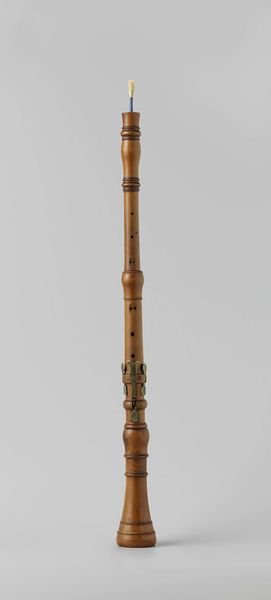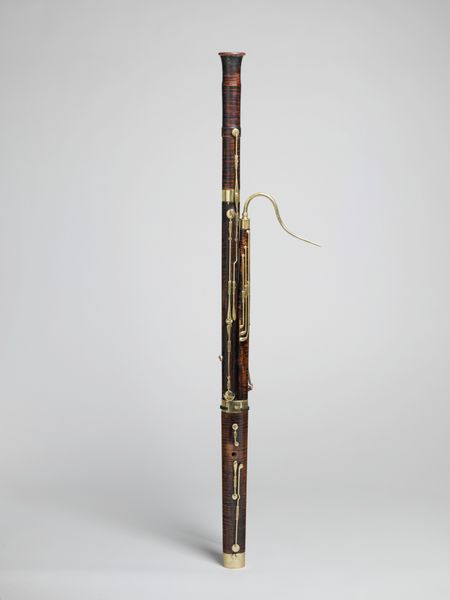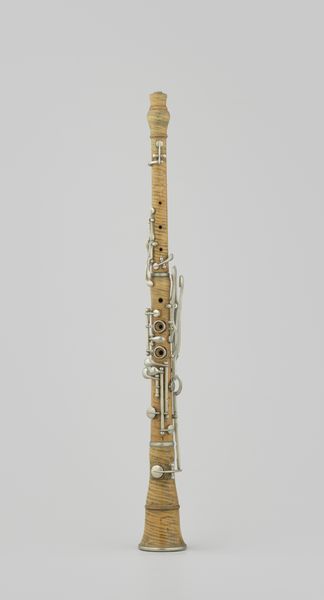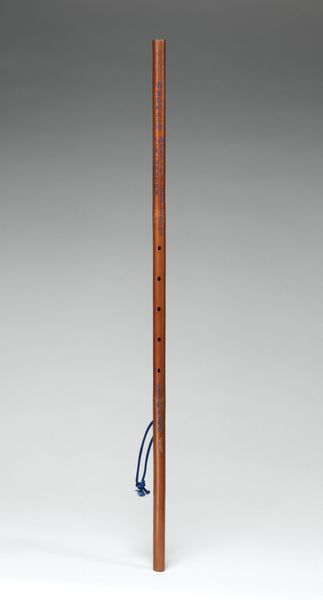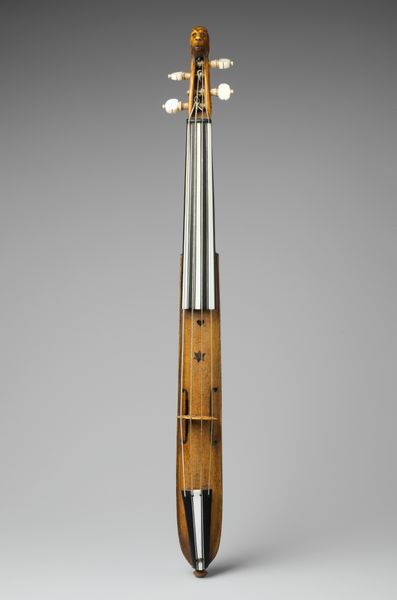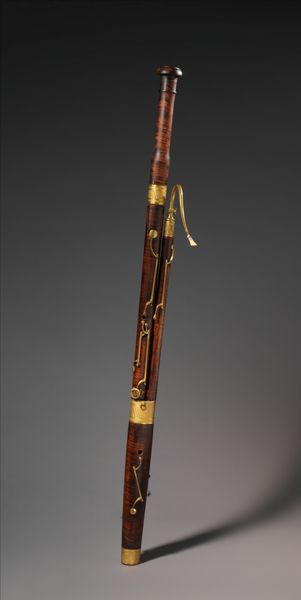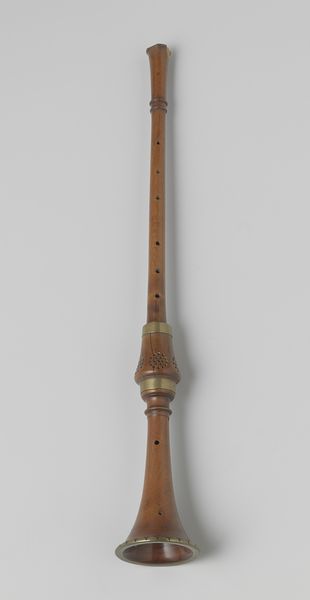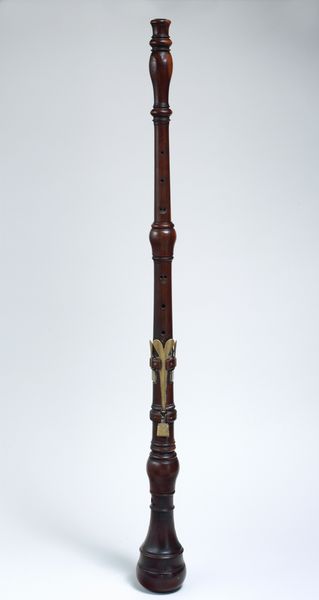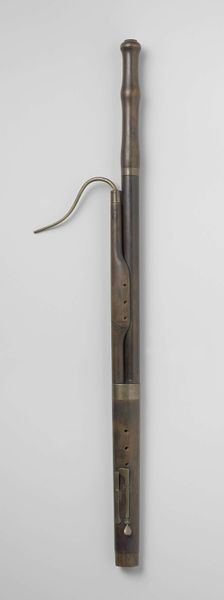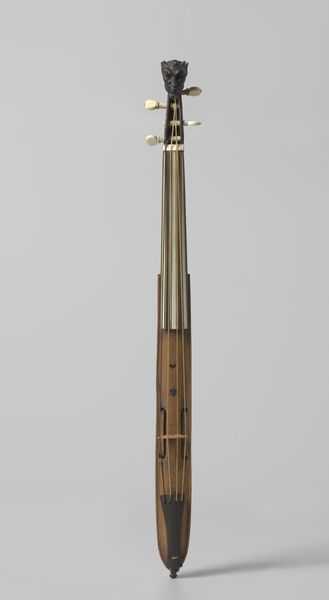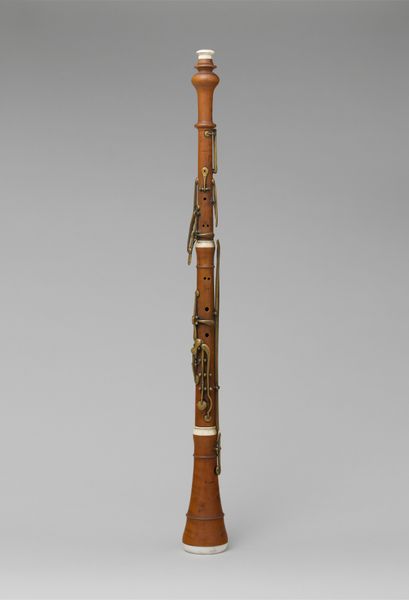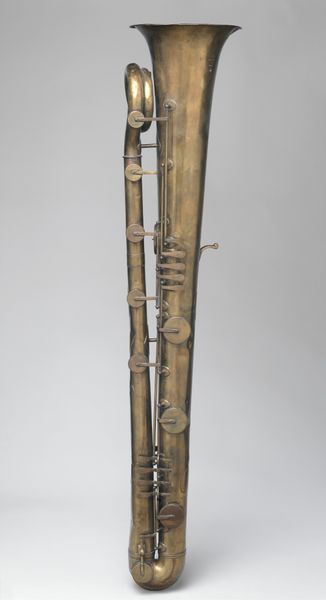
sculpture, wood
#
baroque
#
sculpture
#
wood
Dimensions: length 59.0 cm, width 19.0 cm, depth 13.0 cm
Copyright: Rijks Museum: Open Domain
This pardessus de viole was crafted by Paulus Alletsee in the early 18th century. Notice the carved human head at the top of the instrument's neck, a common motif in stringed instruments of the Baroque period. Such figures are more than mere decoration. These carved heads, often representing mythological figures or allegorical characters, have a long lineage, stretching back to ancient Greek lyres adorned with images of gods and muses. Over time, these symbols evolved, appearing on medieval viols and Renaissance lutes, each era imbuing them with new cultural significance. The choice of a human head connects music with humanity, acting as a subconscious link between the performer and the instrument. The figure's gaze, frozen in wood, reminds us of the enduring power of music to evoke emotion and stir the soul, a psychological echo resonating through centuries of artistic expression. These symbols are never truly new but are constantly reborn.
Comments
rijksmuseum about 2 years ago
⋮
The pardessus de viole was held between the legs and played with a bow. This instrument was fashionable among amateur performers, especially aristocratic ladies, in France in the early 18th century. Indeed the pardessus was a good alternative to the violin. The latter was considered inappropriate for a lady as it was associated with dance music and required an ungraceful posture to play it.
Join the conversation
Join millions of artists and users on Artera today and experience the ultimate creative platform.
